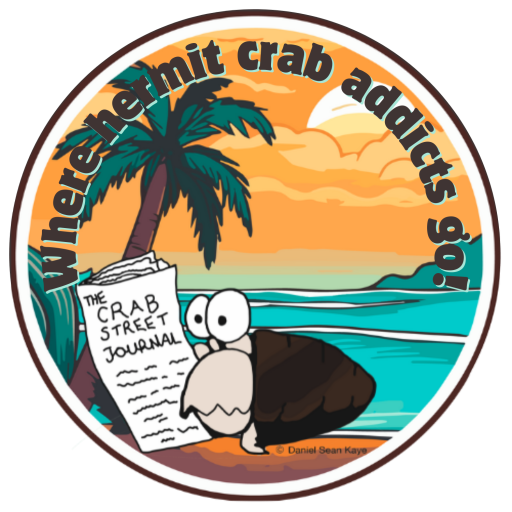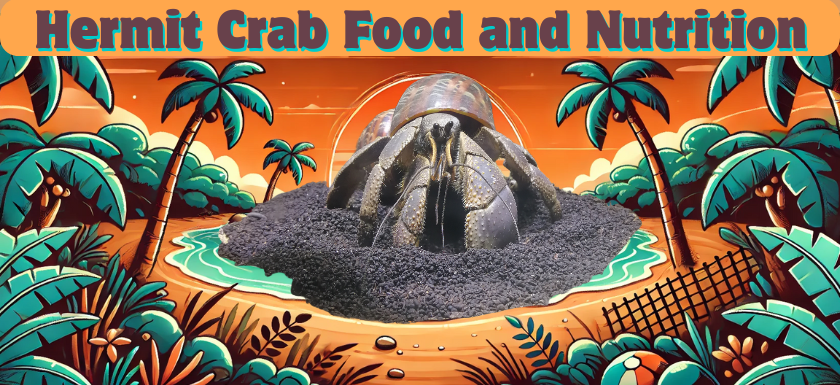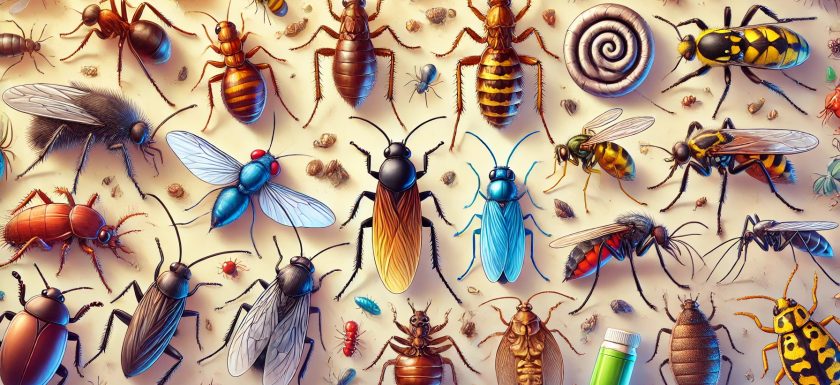Pocket Foraging Guide for Hermit Crabs
Hermit crabs are omnivorous scavengers. Use this handy tri fold pocket guide to forage for safe items. Updated for 2025! New items have been added and two versions are now available. This one will print nicely in black and white. A color version is available too!Read More →





